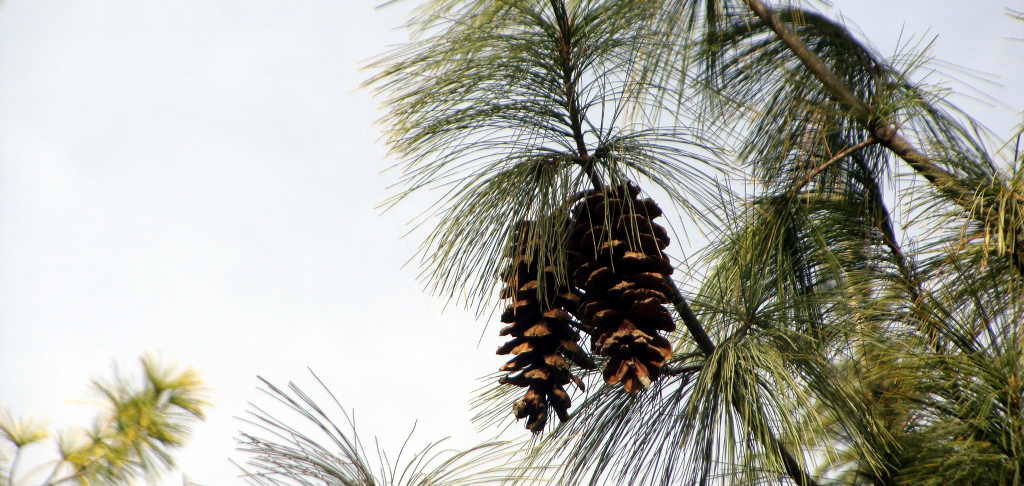
Pinus wallichaina (Kail)
Pinus wallichiana (Kail), also known as the Himalayan blue pine, is a prominent conifer species found in the Great Himalayan National Park. This majestic tree plays a critical ecological role in temperate forests and is admired for its long, soft needles and graceful silhouette.
Habitat and Distribution in GHNP
In the GHNP, Kail typically grows:
-
At elevations ranging from 2,000 to 3,500 meters
-
On south-facing slopes and sunny ridges
-
In association with species like Cedrus deodara, Quercus leucotrichophora, and Rhododendron arboreum
It is a dominant canopy tree in many parts of the Sainj and Tirthan valleys, contributing to the overall forest structure and biodiversity.
Botanical Characteristics
-
Height: 30–50 meters
-
Needles: Soft, bluish-green, in bundles of five
-
Bark: Grey-brown, deeply fissured in older trees
-
Cones: Long, drooping, cylindrical; a distinctive feature
Its elegant form and long, flexible needles help distinguish it from other pine species.
Ecological Significance of Pinus wallichiana (Kail) in the Himalayas
Pinus wallichiana plays a key ecological role:
-
Prevents soil erosion on steep mountain slopes
-
Offers habitat and food for a variety of birds and mammals
-
Its fallen needles enrich the forest floor and maintain microclimate balance
| Local name | Kail |
| Botanical name | Pinus wallichiana |
| Family | Pinaceae |
| Description | It is a tall tree found between 1800-3000m. Bark is Smooth, hallowed, fissured on old tree .Leaves 10-15cm long, in bundles of 5, bluish or grayish-green in colour, drooping except when quite young , sheath of bud scales deciduous. |
| Flowers & Fruits | April-June |
| Distribution | It forms pure and mixed patches with Picea and Abies in all the valleys of GHNP |
| Uses | The local people collect the cones for some medicine, and the wood takes smooth finish so used for ceiling of roofs and as building timber in the absence of deodar etc., |
Human and Cultural Relevance
-
The wood of Kail is light, durable, and aromatic, historically used for:
-
Construction
-
Carpentry
-
Fuelwood
-
-
Its resin has been traditionally used in local medicines and incense
-
In GHNP, extraction is prohibited, allowing natural ecosystems to thrive undisturbed
Conservation Status and Protection
Though not endangered, Pinus wallichiana is:
-
Vulnerable to illegal logging and forest fires
-
Protected within the GHNP under its strict no-extraction regime
-
Monitored for signs of pest attacks and climate stress
Conclusion
Pinus wallichiana (Kail) is not only a signature tree of the Great Himalayan National Park but also a vital component of its temperate ecosystems. Its ecological importance, cultural value, and striking appearance make it an essential species for both conservation and appreciation in the Himalayan landscape.



